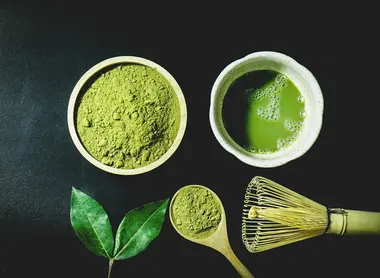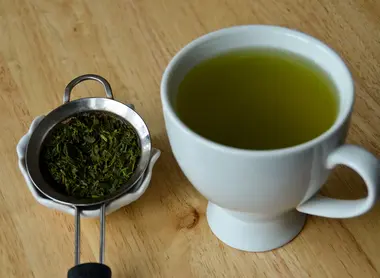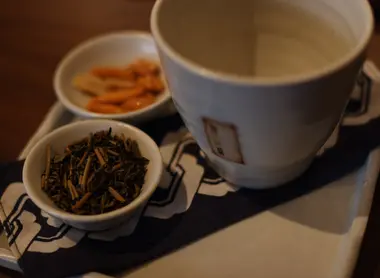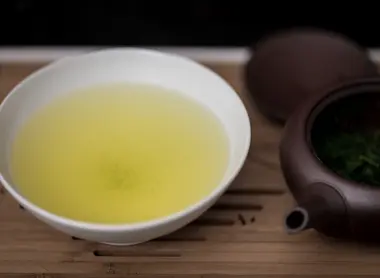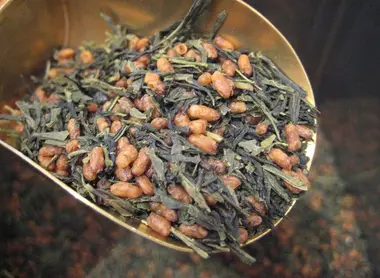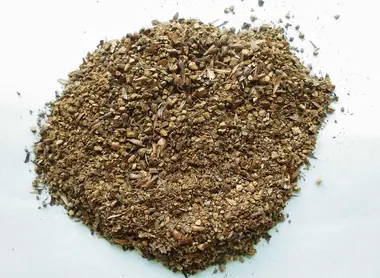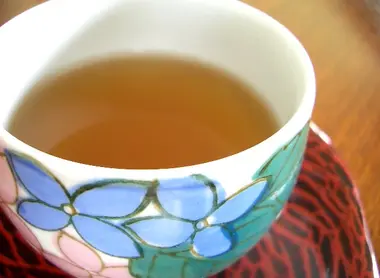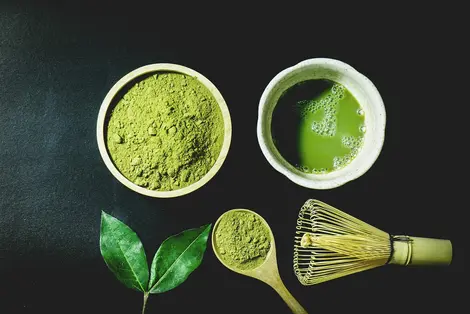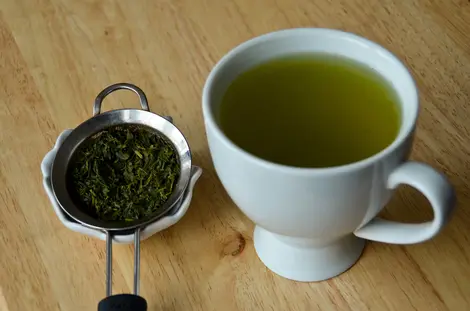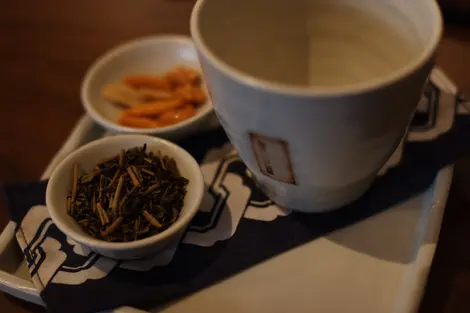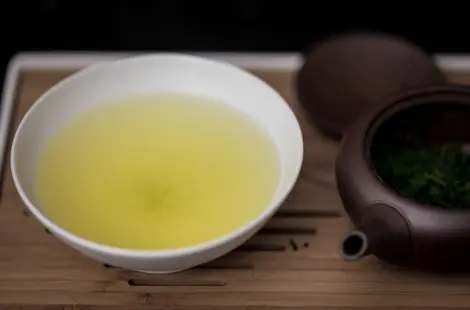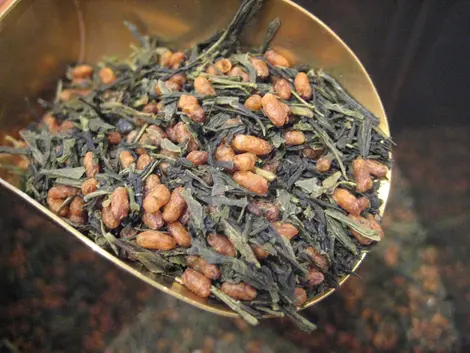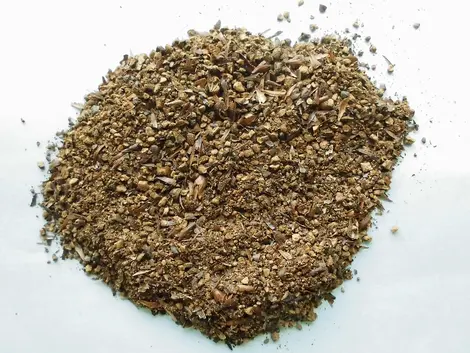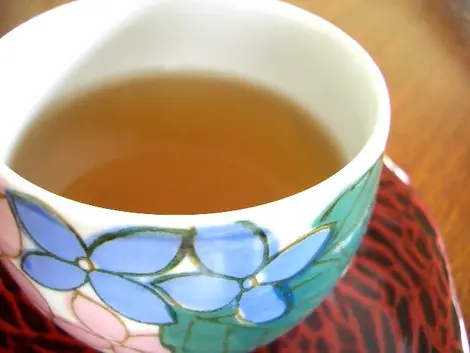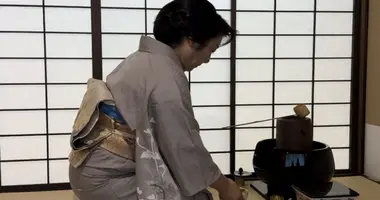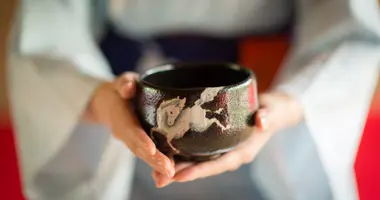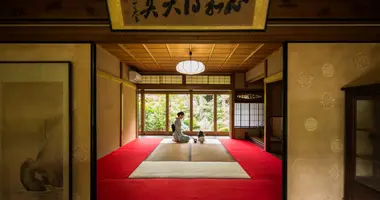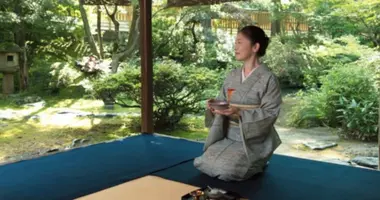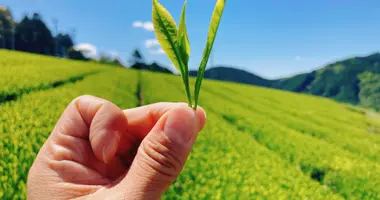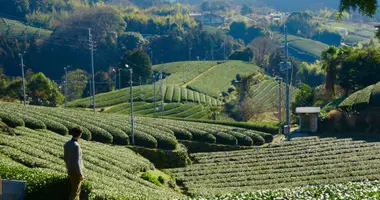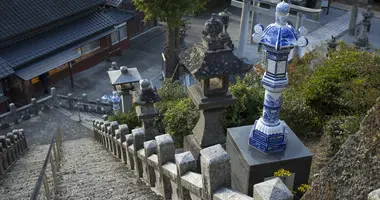Tea ceremonies and activities
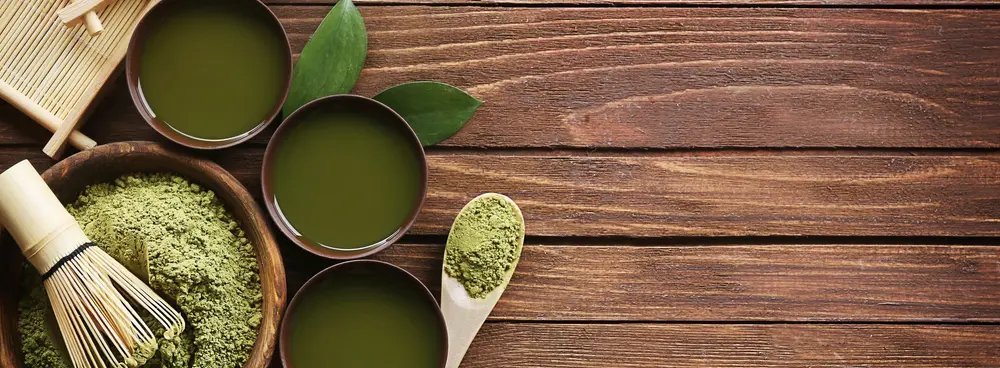
Japan’s connection with tea (called "Ocha" in Japanese) goes beyond simple refreshments. There are cultural practices on the archipelago that are centered around tea and its cultivar, steeped in deep history and rich traditions. Throughout many regions of Japan, experience the metaphorical and physical roots of this prized crop, from intimate tea ceremonies to tours around the fields where they are grown.
A brief history of tea in Japan
The earliest record of tea in Japan goes back to the 8th century, cited as likely being brought over from China by the Buddhist monks Kukai and Saicho. Throughout the centuries, it served as the primary beverage for the religious and royal classes, who promoted its cultivation and continued to have tea plants imported from the Chinese mainland. The primary traditional Japanese teas are derived from the plant Camellia sinensis, with different processing and preparation leading to different variations. The most famous of these Japanese teas include matcha, hojicha, and sencha. But there are many other prominent teas that see their origins in Japan, including genmaicha, mugicha, and kocha.
- Matcha (抹茶), likely the most famous of Japanese teas, is created by grinding specialized shaded tea leaves down into a fine, richly colored powder that is mixed with water, giving it a thicker mouthfeel and earthy flavor.
- Sencha (煎茶) is a common Japanese tea and is a loose-leaf tea that is processed through steaming and rolling the tea leaves that have been exposed to the sun during the growing process, with grassy notes and hints of astringency.
- Hojicha (ほうじ茶) is also a loose-leaf tea, much like sencha, but the tea leaves are roasted, leading to more nutty, caramel-esque flavors and lower caffeine.
- Gyokuro (玉露) is a special tea whose name translates to "jewel dew." It has a special cultivation process involving the highest quality tea leaves being shaded before harvest.
- Genmaicha (玄米茶) is a green tea that has been mixed with roasted brown rice, providing an earthy and nutty flavor and often described as having a "popcorn" aroma on the nose.
- Mugicha (麦茶) is an herbal tea made from roasted barley grains. It has a rich, grainy flavor and is very popular during summer.
- Kuromamecha (黒豆茶) is made from roasted black soybeans. Enjoyed both hot and cold, it is mild and nutty with a bit of sweetness.
There are many other teas found in Japan, but these three operate as the cornerstone for much of the country's traditional culture, with countless teahouses and producers serving up the staple beverage that has been a cornerstone of Japan's culinary culture.
Tea Ceremonies in Japan
Japanese tea ceremonies have a history dating all the way back to the Muromachi Period, particularly in the 9th century. While the ritual centers around tea and its serving, the sense of intimacy and precise practices that are rehearsed countless times by practitioners is the true draw.
With Japan Experience, visitors to the country have the option to experience a tea ceremony in three different cities: Tokyo, Kanazawa, and Kyoto.
In Tokyo, experience one of Japan’s most treasured traditions within the nation’s capital. Despite Tokyo being known as a contemporary city, this tea ceremony takes place in the heart of Asakusa, one of the city’s most historically significant districts that embraces tradition and retro charm. Enjoy the ceremony within a traditional, tatami-lined room
The ancient capital of Kyoto also serves as Japan’s capital for tea, with some of the highest quality matcha crops being sourced from the area. Held in an authentic tea room, the ceremony is hosted by women who have dedicated much of their lives to the practice, providing guests with the ultimate hospitality. In Kyoto, we also have the option to book a private tea ceremony for you and your party!
Kanazawa is often dubbed “mini-Kyoto” due to both cities having their traditional districts and long histories; however, this city, the capital of Ishikawa Prefecture, has a distinct identity and charm all its own! This tea ceremony takes place within Kenrokuen Garden, one of the three most treasured gardens in all of Japan! With the gorgeous backdrop of garden foliage, this is a tea ceremony that many can only dream of!
Japan's Tea Regions
Much like the regions lauded for their wine found throughout the world, there are different prefectures and areas throughout Japan that are especially known for their tea production. As sommeliers laud over the Cabernets of Bordeaux or the Nebbiolos of Piedmont, the tea leaves of many of these prefectures are prized throughout, not just Japan, but the world! While there is quality tea grown throughout Japan, the cultivars from the following are of particular quality:
- Shizuoka: The largest producer of tea in Japan, green tea is a primary cultivar here, with the fields often within view of Mount Fuji.
- Kagoshima: The second largest producer of tea, this southern prefecture is notable for "Shincha," an early, first-flush harvested tea.
- Kyoto: The former capital has a rich history of tea production, with matcha from Uji being especially sought after.
- Mie: This coastal prefecture is known for its more unique tea varieties cultivated in the Ise area, such as steamed Sencha and shaded teas.
- Fukuoka: The city of Yame in Fukuoka is known for its green teas, especially its Gyokuro, which is one of the most premium varieties of tea in Japan.

Tea fields in Shizuoka with a view of Mount Fuji in the background
@Wikimedia
Japan's tea harvest
Tea cultivation in Japan typically consists of three primary harvesting periods:
- Ichibancha: The first harvest of the year, in late April to early May, is the most prized harvest, said to have the highest quality.
- Nibancha: Taking place in June, this secondary harvest typically has lighter-tasting teas compared to the initial annual harvest.
- Sanbancha: The final harvest of the year in the hotter months of July and August, these teas are more for everyday consumption or used for blending.
It's important to know these typical tea-harvesting periods throughout the year if you wish to visit tea fields as to know when they will be most active!
Tour around the heart of Japan's tea country
The leading producer of tea in all of Japan is Shizuoka Prefecture. In fact, around 40% of all tea grown in the country is cultivated here, and for good reason! The soils of the prefecture are rich, with wide-ranging fields of tea rolling along the landscape. Shizuoka is also one of the prefectures that is home to the venerable Mount Fuji, and oftentimes, a view of the mountain can be had from these fields.
This tour, far more than just a simple stroll through the fields, offers the chance to pick some tea leaves yourselves, depending on the crops' conditions at that time. You’ll see the process for creating hojicha, in which tea leaves are roasted for processing, and you’ll get the chance to make your own blend as well! With a guide who holds vast knowledge on tea culture and Shizuoka Prefecture as a whole, don’t miss your chance to see the center of tea production in Japan!
In addition to these dedicated days for the Shizuoka tea fields, we offer a multi-day excursion that maps out a unique and authentic experience for travelers looking to have an immersive journey through the island nation. Our specialized itinerary, dubbed “On the Tea Road,” takes travelers through the rich countrysides of Kyoto. More than just the popular city, Kyoto is a whole prefecture with gorgeous scenery and a rich history of tea production.
Via minibus, travelers will go from the ancient capital out to Lake Biwa, the largest freshwater lake in all of Japan. Enjoying the countryside views along the way, you will be brought to Wazuka, a prominent tea-growing region. From there, the famous town of Uji, where some of the highest quality matcha is grown and sourced, will be on the schedule. Not only home to world-class teas, the famous Byodo-in Temple is a historic staple of this location.
This is a chance for tea lovers to engage with their favorite drink like never before, right at its picturesque origins. Learn about tea in Japan in the most immersive way possible!
Delve further into tea culture with Japanese ceramics
While the tea serves as the centerpiece for Japanese tea ceremonies, the pottery and ceramics serve as the canvas. Indeed, the expertly crafted vessels for the tea hold significant importance, and the southern main island of Kyushu is home to some of the finest tea bowls not just in Japan, but in the world!
Further enforcing this, this excursion includes a meal and refreshments at one of the oldest tea shops in the area, along with a stop at a prominent observation deck that offers beautiful panoramas of the surrounding tea fields!
Take an excursion down here and immerse yourself in the world of these legendary shokunin (artisans) who champion traditional techniques and preserve their culture's history.
